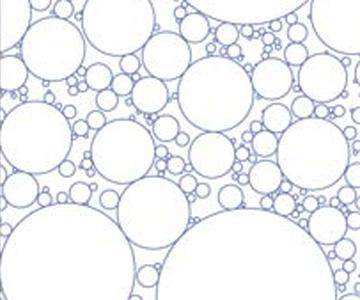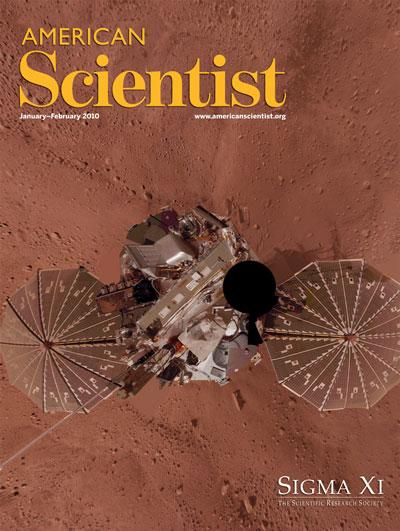Computing Science


More than a hundred exposures taken by the Phoenix lander’s surface stereo imager camera were combined and projected as if the viewer is looking down from above to create this remarkably clear image of the spacecraft millions of miles away on the surface of Mars. The black circle is where the camera itself is mounted to the craft, an area that is out of the field of view of the camera. In “Phoenix on Mars”, Walter Goetz describes the scientific studies that the lander has carried out on-site in the Martian polar region, including analyses of soil chemistry and water ice, often using its robotic arm. Phoenix has also made detailed observations of Martian weather and the complete water cycle on the red planet. (Images courtesy of NASA/JPL-Caltech/University of Arizona/Texas A&M University.)
The latest successful landing craft has made new discoveries about water on the red planet
Communicating with the nervous system through implanted devices requires engineering solutions to biomedical problems
A 1956 American Scientist article explores climate change; two contemporary commentaries illuminate its relevance to the present
Click "American Scientist" to access home page